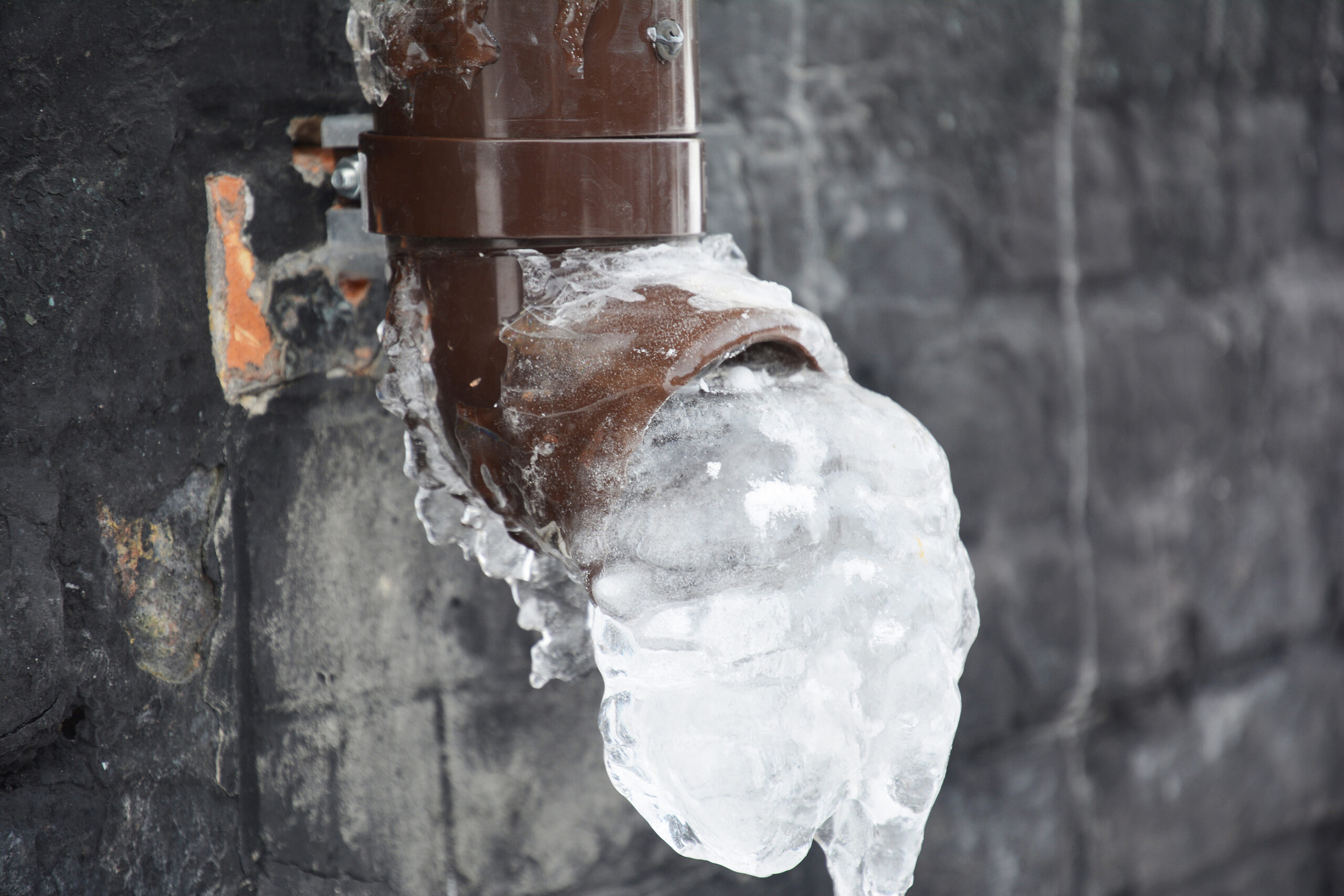Shielding Your Pipes from Freezing Damage: Key Tips
Shielding Your Pipes from Freezing Damage: Key Tips
Blog Article
What are your opinions about How To Avoid Freezing Pipes?
:strip_icc()/snow-outdoor-faucet-pipes-4af65d1e5e904fb1aa7bf74071fe5d89.jpg)
Cold weather can ruin your pipes, particularly by freezing pipes. Below's just how to avoid it from occurring and what to do if it does.
Intro
As temperatures decrease, the risk of frozen pipes increases, potentially resulting in costly repairs and water damages. Recognizing exactly how to prevent icy pipelines is important for property owners in cold environments.
Comprehending Frozen Pipelines
What causes pipelines to freeze?
Pipelines freeze when revealed to temperatures below 32 ° F (0 ° C) for prolonged periods. As water inside the pipelines freezes, it increases, putting pressure on the pipe wall surfaces and potentially causing them to break.
Threats and damages
Icy pipes can lead to water system disturbances, residential or commercial property damages, and pricey repairs. Burst pipelines can flooding homes and cause considerable architectural damage.
Indications of Frozen Pipeline
Determining icy pipelines early can avoid them from rupturing.
Exactly how to recognize frozen pipes
Look for lowered water flow from faucets, uncommon odors or noises from pipelines, and noticeable frost on subjected pipes.
Avoidance Tips
Shielding vulnerable pipelines
Cover pipes in insulation sleeves or use heat tape to protect them from freezing temperature levels. Focus on pipes in unheated or external areas of the home.
Heating techniques
Maintain interior rooms appropriately heated up, especially areas with pipes. Open closet doors to allow cozy air to flow around pipes under sinks.
Securing Outdoor Plumbing
Yard tubes and outdoor faucets
Detach and drain pipes yard hoses before winter. Mount frost-proof faucets or cover outdoor taps with protected caps.
What to Do If Your Pipes Freeze
Immediate activities to take
If you suspect frozen pipelines, maintain faucets open up to soothe pressure as the ice thaws. Use a hairdryer or towels taken in warm water to thaw pipes gradually.
Long-Term Solutions
Architectural changes
Think about rerouting pipelines far from outside walls or unheated areas. Include additional insulation to attic rooms, basements, and crawl spaces.
Updating insulation
Purchase high-grade insulation for pipelines, attics, and wall surfaces. Appropriate insulation helps keep consistent temperature levels and minimizes the risk of icy pipes.
Verdict
Protecting against frozen pipelines requires positive measures and fast reactions. By recognizing the reasons, signs, and safety nets, homeowners can secure their pipes during cold weather.
6 Proven Ways to Prevent Frozen Pipes and Protect Your Home
Disconnect and Drain Garden Hoses
Before winter arrives, start by disconnecting your garden hoses and draining any remaining water. Close the shut-off valves that supply outdoor hose bibs and leave the outdoor faucet open to allow any residual water to drain. For extra protection, consider using faucet covers throughout the colder months. It’s also important to drain water from any sprinkler supply lines following the manufacturer’s directions.
Insulate Exposed Pipes
Insulating your pipes is an effective way to prevent freezing. Pipe insulation is readily available at home improvement stores and is relatively inexpensive. Pay close attention to pipes in unheated areas such as the attic, basement, crawl spaces, or garage. Apply foam insulation generously to create a buffer against the cold. You can also wrap your pipes in heat tape or thermostat-controlled heat cables for added warmth.
Seal Air Leaks
Inspect your home for any cracks or openings that could let in cold air. Seal any holes around the piping in interior or exterior walls, as well as the sill plates where your home rests on its foundation. Additionally, make sure to keep your garage door closed unless you’re entering or exiting. Leaving it open creates a significant air leak that can lead to frozen pipes.
Allow Warm Air Circulation
During cold snaps, it’s essential to allow warm air to circulate evenly throughout your home. Leave interior doors ajar to promote better airflow. Open kitchen and bathroom cabinets to help distribute heat consistently around the rooms. If you have small children or pets, be sure to remove any household chemicals or potentially harmful cleaners from open cabinets for safety.
Let Faucets Drip
A small trickle of water can make a big difference in preventing ice formation inside your pipes. When temperatures drop significantly, start a drip of water from all faucets served by exposed pipes. This continuous flow helps prevent the water from freezing. Additionally, running a few faucets slightly can relieve pressure inside the pipes, reducing the chances of a rupture if the water inside does freeze.
https://choateshvac.com/6-proven-ways-to-prevent-frozen-pipes-and-protect-your-home/

As a devoted person who reads on Preventing and dealing with frozen pipes, I thought sharing that chunk was sensible. I beg you set aside a second to promote this entry if you appreciated it. Thank you so much for going through it.
Visit Our Website Report this page